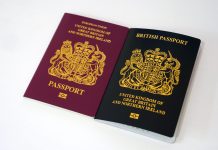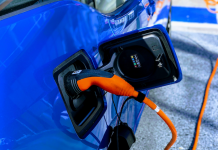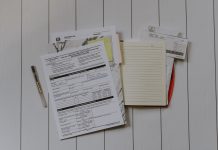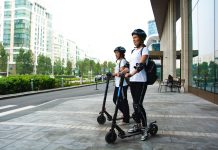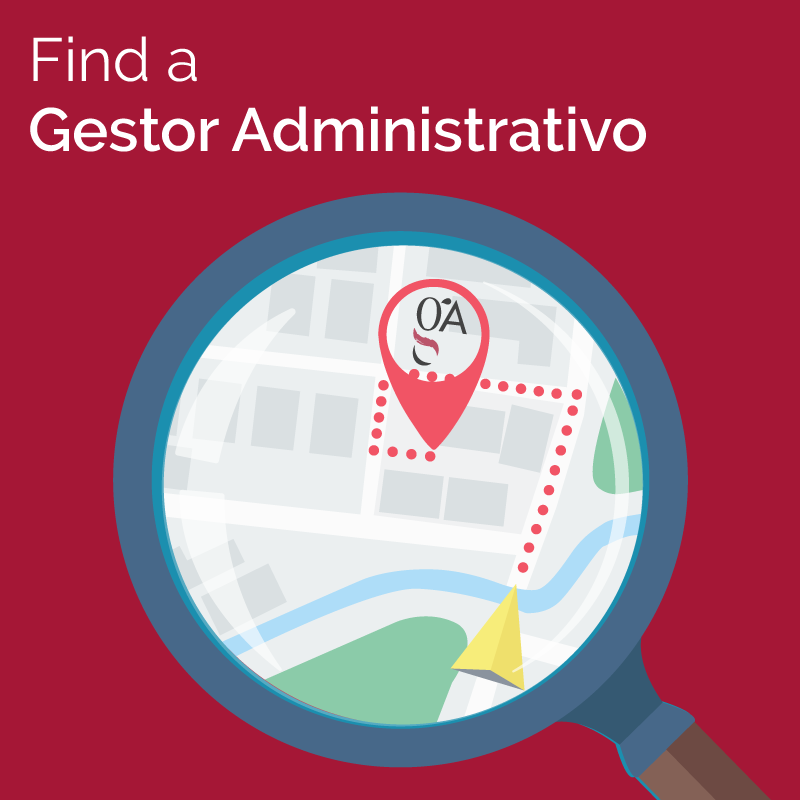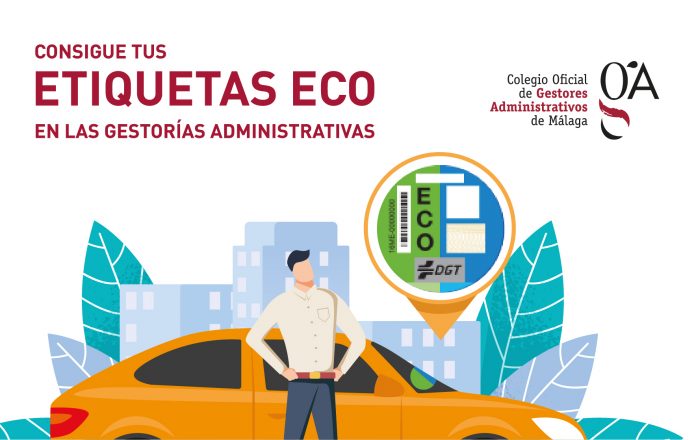
The Administrtive Agent’s Bar Association of Málaga, collaborating with the National Department of Traffic (DGT), is giving a step forward. From this year on, they will distribute, to administrative agents of the province, the environmental labels that Traffic will use to regulate and restrict contamination levels. It isn’t obligatory to use the environmental labels; however, it is recommendable to put them on the bottom right side corner of the windscreen so you aren’t fined when you enter a great city each time the anticontamination devices are activated.
The classification of the vehicles comes from the 2013-2016 National Air Quality and Protection of the Atmosphere Plan (Plan Nacional de Calidad del Aire y Protección de la Atmósfera). There, they say that particles such as nitrogen dioxide are the main cause of emission in big cities and give a classification of the vehicles according to the contamination levels they emit. The classification is in accordance with the European criteria.
This measure intents to positively discriminate vehicles that are more respectful with the environment. Currently, the DGT sticker has been imposed in cities like Madrid and Barcelona, where it is indispensable when the contamination protocols are activated and to access residential priority areas (APR). In Málaga it isn’t obligatory yet, but it is preferable to have one, specially to move around other cities without having any surprises.
The labels one by one
There are four voluntary stickers that allow to quickly determine the grade of contamination of vehicles: cero emissions (blue), ECO (blue and green), C (green) and B (yellow).
According to the criteria of the DGT, the label of cero emissions is for mopeds, tricycles, quadricycles and bicycles. It also applies to cars, light vans, vehicles of more than eight seats and vehicles of freight transport that are battery-driven electric vehicles (BEV) or range extended electric vehicles (REEV), as well as plug-in hybrid electric vehicles (PHEV) with self-driving of at least 40 kilometres or fuel cell vehicles.
The ECO label is the one that cars, light vans, vehicles of more than eight seats and vehicles of freight transport that are hybrid electric vehicles (HEV) that can’t be plugged in, vehicles run with compressed natural gas, vehicles run with liquefied natural gas (CNG and LNG) or liquefied petroleum gas (LPG) that meet the criteria of the C label.
For petrol cars and light vans registered from January 2006 and diesel ones registered from 2014. It is also available for cars with more than eight seats and vehicles of freight transport, both petrol and diesel, registered from 2014.
The B label is used for petrol cars and light vans registered from January 2000 and diesel cars and light vans registered from January 2006. It will also be the label that vehicles of more than eight seats and vehicles of freight transport, both petrol and diesel, registered from 2005 will use.
Both the ECO and the CERO label have special treatments and uncountable advantages, as they can drive freely in any anticontamination scenario. It gives discounts on the parking fees of some cities, as well as the Municipal Traffic Tax, among others. On the other hand, the vehicles without a label are petrol cars before the year 2000 and diesel cars before 2006. The last ones are the ones that will be most affected by these protocol measures and restrictions.




